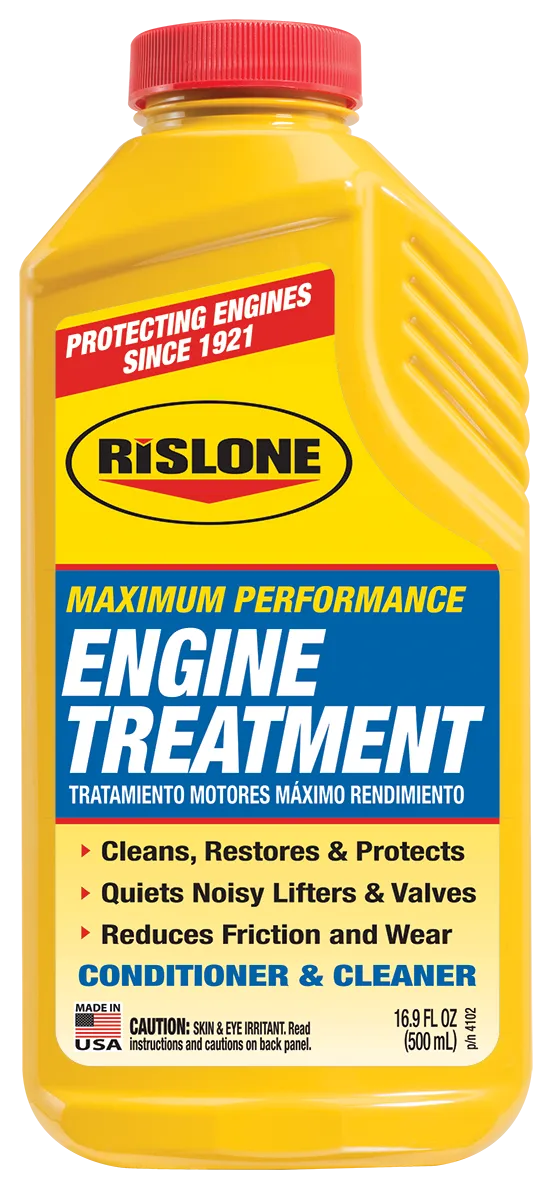Motor Oil Viscosity: Why It Matters
If you have ever looked at a bottle of motor oil, you have noticed a difference in oil weights. Perhaps a bottle says 10W 30 or 5W 20. What do these numbers mean and why do they matter? These oil “weights” are not weights at all, but a measure of the motor oil viscosity.
If you are the type of person that has their oil changed by a mechanic, you don’t have to worry about finding the right oil viscosity. The mechanic can look up the correct viscosity and will not even need to consult with you, although they may wish to know what type (conventional vs. blend vs. synthetic) of oil you wish him to put in your car.
If you are changing your oil, however, which is a much cheaper and relatively simple process, you need to be sure that you are putting the right viscosity motor oil and your car and it’s a good idea to know why this is so vital. To understand the relationship between viscosity and motor oil, it’s first important to understand what motor oil does in your engine.
Understanding What Motor Oil Does in Your Engine
Motor oil is a lubricant. Your internal combustion engine is a complex machine, and like all machines, it has moving parts. And like all moving parts, the parts of your engine wear down over time as they move against each other. Friction is the enemy.
Your motor oil serves as the vital lubricant that allows those parts to rub against each other without damaging each other and reduces the amount of wear on these parts as they move together. Also, some of the components of motor oil allow it to pick up and absorb contaminants that could harm your engine. If you have an oil leak and not enough oil is getting into the engine to lubricate it, your engine will quickly seize up and be useless. Even if you don’t have a leak, you are probably aware that you will need to change your oil from time to time.
The reason you change your oil is because eventually, that contaminant and debris build-up can clog the oil filter and make it difficult for the oil to function as needed. This is why you require fresh oil about every 5,000 miles or so (every car varies, check your owner’s manual for your specific recommendation). Over time, your oil can also lose viscosity. But what is oil viscosity and what does it have to do with your motor oil?
Motor Oil Viscosity 101
When you are deciding which viscosity of motor oil to choose, you may be asking yourself, what does viscosity mean? Viscosity is simply a measure of the thickness of your oil. The higher your oil’s viscosity, the thicker it is. Think of a scale from water to ketchup when you think about rising viscosity.
How thick do you need your oil to be? Which is better, low viscosity or high viscosity? There is no one objective answer. It depends on the kind of engine you have and the way it functions. Your oil needs to have a balance of being able to flow through your engine and being able to fully lubricate parts and pick up contaminants as it goes.
If the viscosity is too high and the oil is too thick, your oil won’t flow well during a cold start, and in very cold temperatures that could be a problem. If it’s too thin, it won’t fully lubricate the engine parts when the engine gets too hot or operating conditions become extreme. Because this is such a delicate balance, each type of engine has its own specific viscosity requirements for motor oil.
How do you know what kind of viscosity your oil needs to have? Your car’s manufacturer has figured that out for you and printed it in your owner’s manual. Easy.
Viscosity numbers for motor oil have been determined by the Society of American Engineers (SAE) and are enumerated 0, 5, 10, 15, 20, 25, 30, 40, 50 and 60 according to increasing thickness. So, what does a weight like 10W 30 mean?
Another factor in oil viscosity is that it is affected by temperature. Assuming you live somewhere where climates change, you need oil that can flow effectively in both cold and warm temperatures. In the past, this meant that you would have to change your oil to more weather-appropriate oil whenever the seasons changed.
Fortunately, now we have what is called multi-grade oil which adjusts viscosity according to weather. The first number with the W is the oil’s winter viscosity, or how thick the oil will be at -35 degrees Celsius, or -31 degrees Fahrenheit. The second number is the standard viscosity, which is how thick the oil will be at 100 degrees Celsius, or 212 degrees Fahrenheit, which is around the temperature your running engine generates. So 10W 30 means your oil has a 30 viscosity which drops down to 10 in the winter.
Using Additives for Your Engine
Multi-grade synthetic oils are designed to be able to adjust viscosity according to temperature. Non-synthetic multi-grade oils may have additives to preserve viscosity in cold weather. However, these additives can get used up, so it is especially important in these cases to change your oil when recommended.
There are other additives you can include with your oil to improve its performance. For example, most motor oils have some level of zinc to protect the camshaft. However, too much zinc can also damage the catalytic converter, so modern motor oils have much lower levels than older ones. If you have an older car that needs more zinc, you can put in an additive like Rislone Concentrated Engine Oil Supplement so that your modern oil will be suitable for an older engine. For help figuring out which oil additives will be best for your engine, contact Rislone. Or to find out where you can buy quality oil additives near you, use our locator here.




